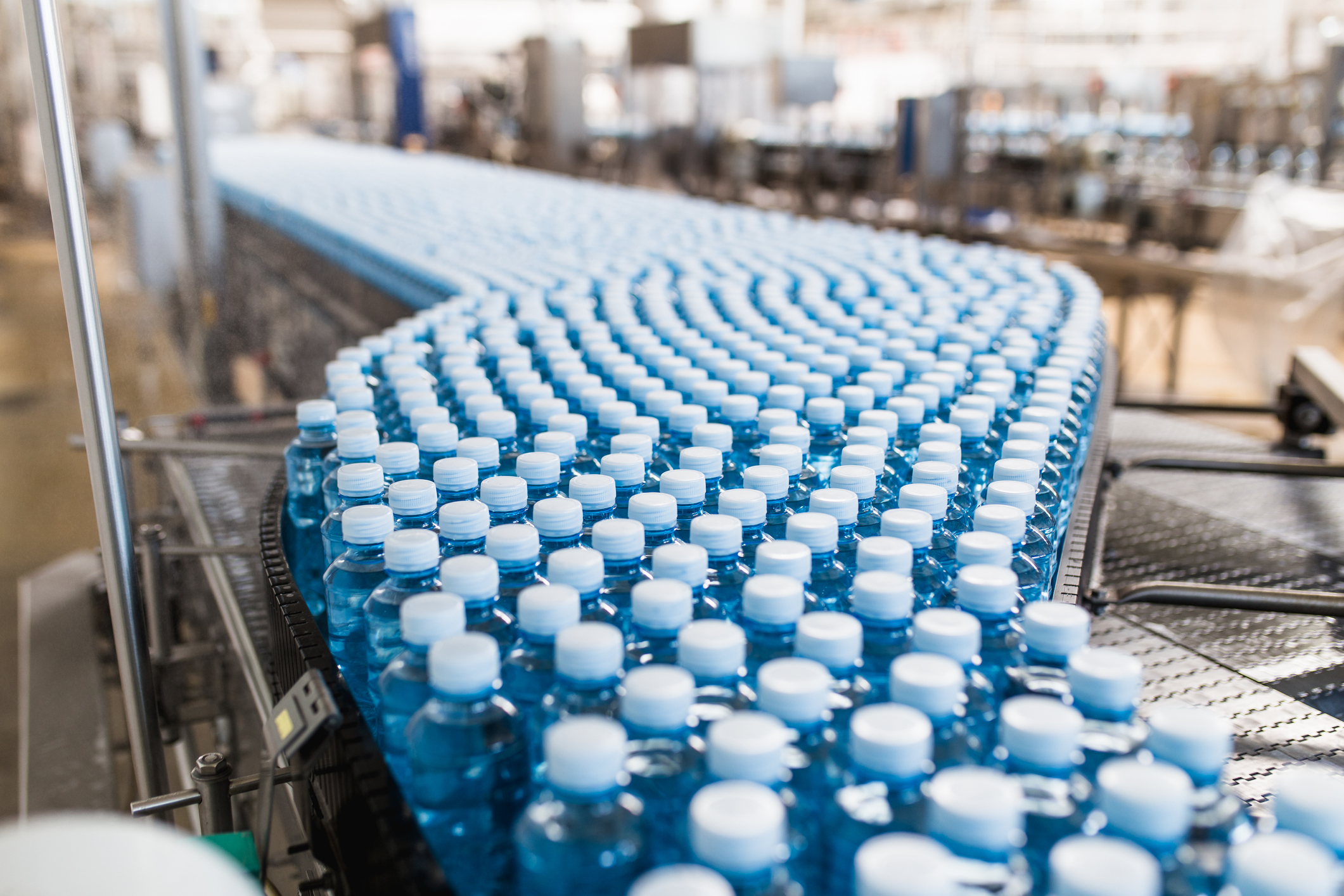Designing with Nature: How Smart Factories Promote Eco-Friendliness

In this rapidly evolving industrial sector, the intersection of technology and sustainability is resulting in a revolutionary method in production. Intelligent manufacturing facilities are at the leading edge of this transformation, seamlessly combining cutting-edge technologies with environmentally responsible practices. By leveraging data analytics, automation, and the Internet of Things, these facilities are not only enhancing efficiency but also rethinking how products are designed in ways that prioritize sustainability.
This pioneering shift is transforming how products are conceived, manufactured, and brought to consumers. Designers are now confronted with the task of creating items that not only meet industry standards but also reduce environmental impact. By adopting sustainable materials, maximizing resource use, and implementing circular economy principles, smart factories are creating a future where manufacturing coexists with nature. As we delve into this captivating realm, it becomes evident that the commitment to sustainability is not just an additional aspect but a fundamental belief that guides the entire process of product design and manufacturing .
Eco-friendly Resources and Processes
Smart factories are transforming the method products are created and produced by focusing on sustainability at every stage. The implementation of sustainable materials is fundamental to this approach, as manufacturers seek to minimize the environmental impact of their products. This includes sourcing biodegradable plastics, recycled alloys, and sustainably sourced wood. By incorporating such materials, smart factories not only reduce their carbon footprint but also promote a circular economy, in which resources are reused and recycled rather than discarded.
In addition to utilizing eco-friendly materials, smart factories are refining their manufacturing processes to additionally enhance sustainability. Advanced methods such as 3D fabrication and additive manufacturing allow for greater precision and less waste, as products are constructed layer by layer with only the necessary amount of material. Moreover, incorporating automation and AI in production lines helps to enhance energy consumption and lower emissions, contributing to a more sustainable manufacturing environment.
The design phase in smart factories also reflects a commitment to sustainability. Designers are now charged with developing products that are not only usable but also easy to take apart for recycling or reuse. This design approach emphasizes the lifecycle of a product, encouraging manufacturers to think beyond immediate production to the future effects on the planet. As a result, sustainable materials and processes are growing central to product design, guaranteeing that manufacturing aligns with ecological sustainability.
Energy Effectiveness in Manufacturing
Power effectiveness is a foundation of sustainable production practices within smart factories. By incorporating advanced technologies such as IoT devices, producers can monitor current energy usage and identify inefficiencies in production processes. This data-driven approach enables manufacturers to enhance machinery usage, reduce loss, and lower power costs. As a result, businesses not only boost their profits but also help positively to ecological conservation by lessening their carbon footprint.
Moreover, smart factories often take advantage of clean power sources. Photovoltaic cells, wind turbines, and battery systems can be intentionally implemented to power production operations. This transition not only boosts power autonomy but also strengthens the pledge to eco-friendliness. By developing products that include sustainable power into production, companies can further harmonize their processes with green values, establishing a loop of eco-friendliness that supports both the Earth and the company.
Additionally, eco-efficient equipment plays a critical role in meeting eco-friendly objectives. Producers are now investing in energy-efficient equipment that consumes reduced power while maintaining high performance. Innovations in technology, such as variable frequency drives and eco-friendly engines, allow for notable energy savings. When design processes incorporates sustainable production methods, it results in products that not only meet consumer demands but do so in a way that is aware of environmental impact.
The Role of Technology in Eco-Friendly Design
Tech plays a key role in the evolution of green design by supplying cutting-edge tools and processes that reduce ecological footprint. With advancements in software and materials science, designers can create goods that use less resources and generate less waste. Digital design tools enable accurate modeling and simulation, allowing for optimization of materials and manufacturing processes. This can lead to slimmer products that consume fewer energy during manufacturing and shipping.
Smart factories leverage robotics and data analytics to enhance sustainable manufacturing practices. By integrating IoT devices, manufacturers can supervise energy consumption and waste generation in real-time. This data enables continuous enhancement, aiding factories to modify and refine their processes to be more efficient and environmentally friendly. Proactive upkeep powered by AI can also reduce downtime and energy usage, further aligning manufacturing with sustainability goals.

Furthermore, technology fosters a closed-loop economy approach in product design, where products are designed for longevity, ease of repair, and re-use. Modern manufacturing techniques, such as additive manufacturing, facilitate the creation of personalized products while minimizing material waste. By employing biodegradable materials and incorporating closed-loop systems, smart factories promote a sustainable lifecycle for products. This integration of technology not only supports eco-friendly design but also drives advancement that meets consumer demand for sustainable solutions.
